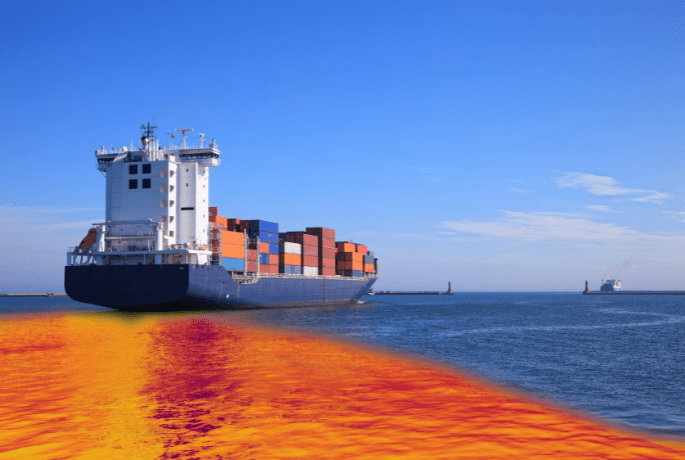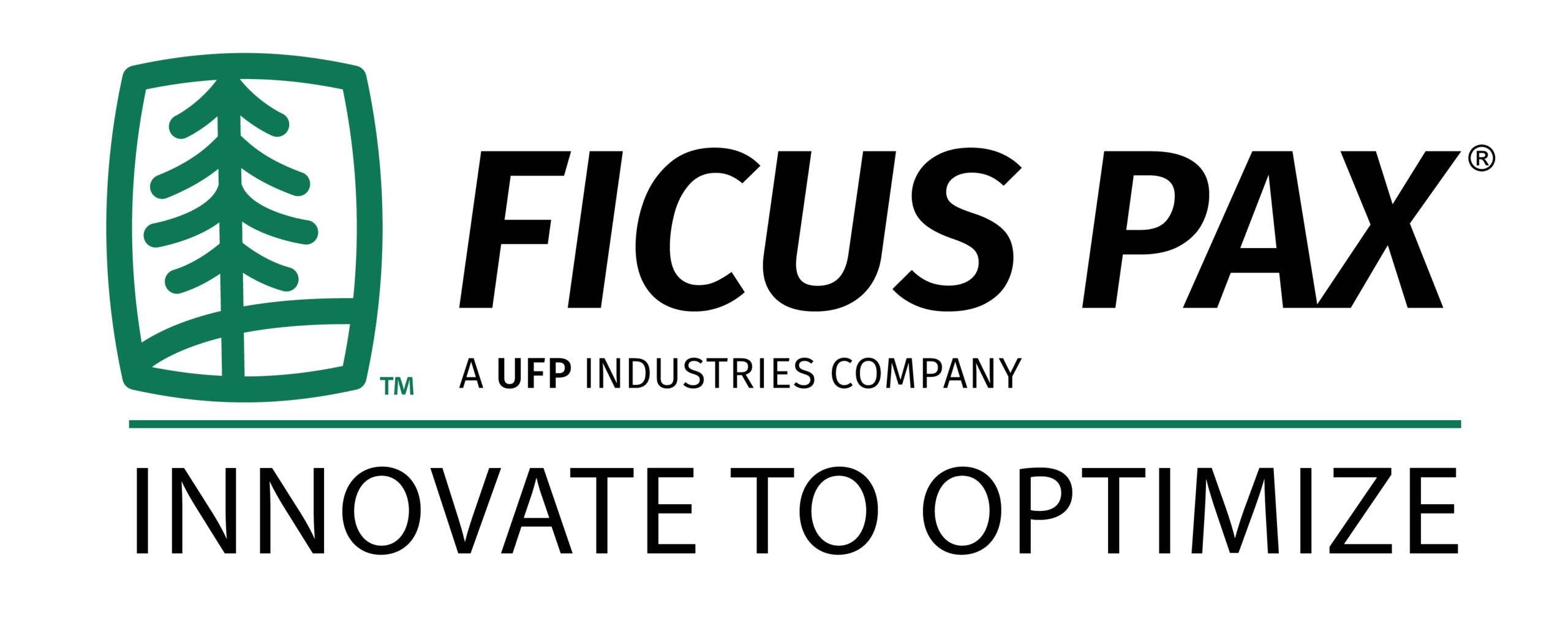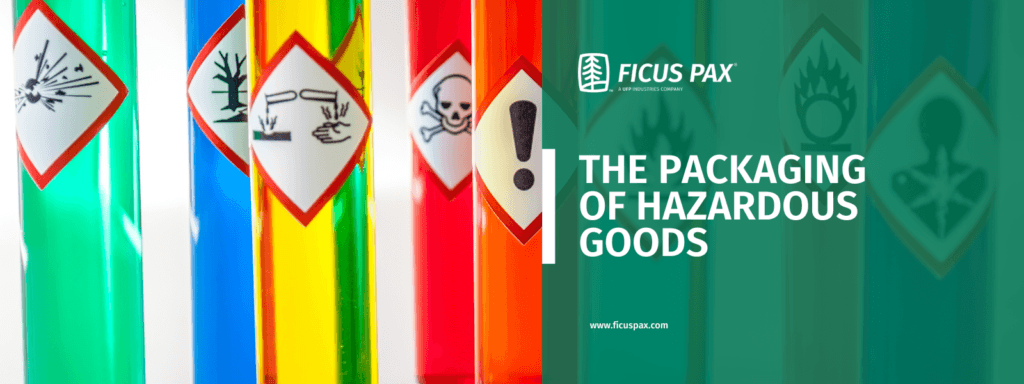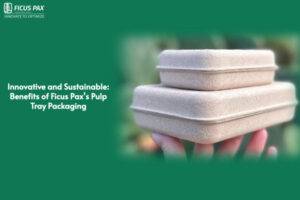When it comes to packaging solutions and transporting hazardous materials, your top priority should be to maximize safety while minimizing risk. We’ve dedicated time to putting together a blog series on packaging hazardous goods outlining which products are considered hazardous materials, the proper packaging required, packaging options for specific industries, and regulations that you, the shipper, will need to know.

What causes a material to be hazardous?
Hazardous materials are materials or substances that, when transported in commerce, have the potential to cause injury or harm to people, property, or the environment. Any packaging solution used to transport hazardous materials must be designed, built, maintained, properly filled, and sealed to ensure the material is safely contained within the packaging during normal transport conditions.
What kind of packaging is needed for hazardous materials?
Customers know they can rely on us for a diverse and innovative product selection. The hazardous nature of the products being shipped necessitates special packaging in this case. As your packaging solutions provider, we’d like to introduce you to a few options listed below:
Single Packaging: A package that consists of outer and no inner packaging.
Composite Packaging: is made up of outer packaging and an inner receptacle that work together to form an integral package. Once assembled, it is filled, stored, shipped, and emptied as a single integrated unit.
Combination Packaging: A type of transport packaging that consists of one or more inner packages secured in a non-bulk outer package.
Packaging Requirements for Common Hazardous Materials
The UN standards cover the transportation of any materials by air, land, rail, or sea, all of which are governed by different organisations or associations. To avoid delays or even fines, make sure the products you ship are transported in the proper packaging.

What types of dangerous goods exist?
Dangerous goods are classified into different classes, and these classifications apply globally. The United Nations established a total of nine classes.
They are as follows:
- Explosives
- Gasses
- Liquids that are flammable
- Solids that are flammable
- Organic peroxides and oxidizers
- Toxic and infectious agents
- Radioactive substance
- Substances that corrode
- Various hazardous substances
Dangerous Goods Packaging with UN Approvals
Dangerous goods packaging must adhere to strict guidelines and bear UN markings. Different regulations must be followed depending on the mode of transportation and the route.
What exactly is UN approval? What exactly does “UN approval” imply?
Dangerous goods may only be transported in UN-marked packaging. The United Nations (UN) established a comprehensive set of regulations for the transport (and packaging) of dangerous goods to facilitate international transport. A UN number is assigned to each chemical substance. These figures can be used to determine the regulations governing the packaging and transportation of dangerous goods.
Certain requirements apply to the transportation of goods by road, rail, water, or air, depending on the UN marking and dangerous goods class.
Each UN marking includes a letter that denotes the packing group.
There is a distinction between
UN-X
UN-Y
UN-Z
- Substances in packing group I (high danger) may only be packed in UN-X marked dangerous goods packaging.
- Substances in packing group II (medium danger) may only be packed in the UN-Y marked packing group.
- Substances in packing group III (low danger) may only be packed in the UN-Z marked packing group.
How is the transportation of dangerous goods governed?
On a global scale, the United Nations (UN) regulates the transport of dangerous goods. The fundamental principles are outlined in the “Recommendations on the Transport of Dangerous Goods,” which are updated on a regular basis; the current version is revision 19. (2015).
Separate agreements were reached for the various modes of transportation as mentioned below:
- The “ADR,” which stands for “Agreement Concerning the International Carriage of Dangerous Goods by Road,” governs the transportation of dangerous goods on roads.
- The “Regulation Concerning the International Carriage of Dangerous Goods by Rail (RID)” governs the transportation of dangerous goods by rail.
- Transport of dangerous goods by inland waterways is regulated by the ADN Convention, with “ADN” meaning “Accord européen relatif au transport international des marchandises dangereuses par voie de navigation intérieure”.
- The IMDG Code governs the transportation of dangerous goods by sea (“International Maritime Code for Dangerous Goods”).

Responsibilities of the Shipper
The company or manufacturer that offers these products for commercial use must be aware of the additional responsibilities that come with the product.
Among these responsibilities are:
- Identify, classify, and describe the hazardous material in detail.
- Determine whether the material’s packaging is permitted.
- Close the packaging per the packaging manufacturer’s instructions.
- Keep copies of the provided closing instructions.
- If packaging variations are used, the rationale must be documented and kept.
- Safe transit of goods
Some of the world’s largest corporations now rely on Ficus Pax for hazardous goods expertise. We can provide a variety of designs in a variety of materials, with a focus on providing the best solution for each project. Our products have been tested and approved for the transport of hazardous materials in a variety of weights and sizes. Before being approved for dangerous goods applications, all boxes must pass the necessary tests. The tests are carried out under UN recommendations and other specifications.
Ficus Pax takes great pride in providing our customers with high-quality, customized packaging solutions for any products. If you have any questions, no matter how simple or complex, please contact us so that we can assist you in finding the best packaging solutions for your products.










